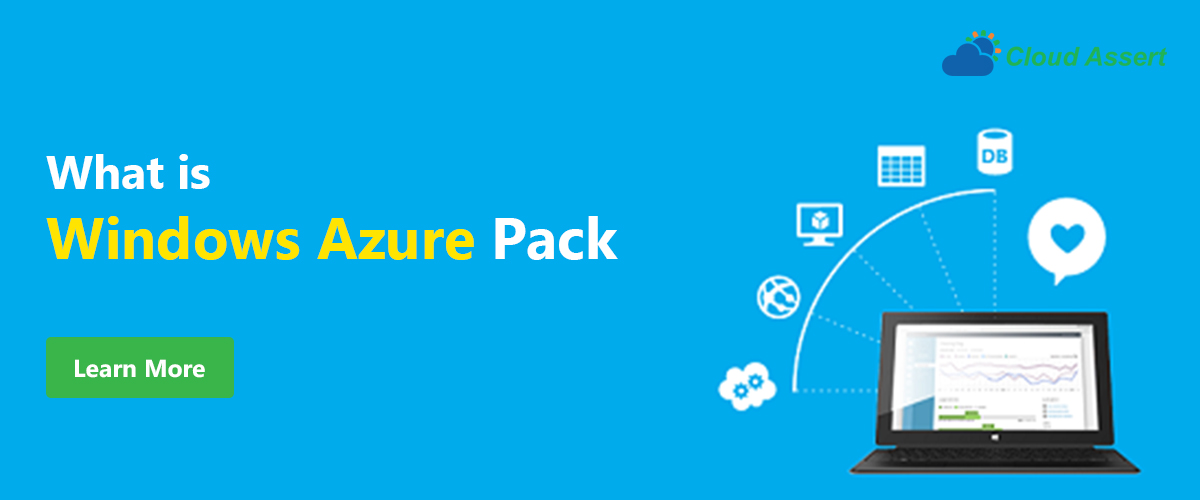
Windows Azure Pack (WAP)
brings the ability to run Azure services inside your own environment. You can
run it elaborately on your datacenter as a private or hosted cloud or in a test
lab or simply on bunch of hyper-v host machines. There is an express
installation that can be installed on a single VM as well, just for the kicks.
So what is WAP
really ?
Windows Azure Pack's
main entry point is the portal or 'Control Panel' - a better known
term in hosting industry.
Windows Azure Pack
Portal brings together plethora of services and products to provide a single
place to provision and manage resources for an enterprise or a hosting
provider.
There are two
portals, one for Administrators to setup various services, plans and manage
users - aptly called as Admin portal. Another Tenant portal for end users,
where users can sign-up for services and self-manage their resources such as a
Virtual Machine or databases and what not.
Admin Portal (a.k.a control panel):

Tenant Portal Available Services:

Tenant Portal - Create New view:

Services that are
available out of the box with WAP:
- Virtual Machines (via System
Center VMM integration)
- Websites (distributed,
multi-tenant, highly available web hosting service)
- Database (via SQL Server and
My SQL)
- Automation (via System Center
Runbooks)
What is interesting
about WAP Portal is, like never before you now have brought different Microsoft
products under one single umbrella both for the IT Administrators and consumers
such as development teams.
While this is not
what Windows Azure Pack is mainly advertised for, this makes life so much
simpler for administrators and consumers alike.
Take for example,
the traditional way to get a database server and a web server, you send
requests to IT department, goes through approval process, procurement,
allocation, management, windows updates yada yada yada. With Windows Azure
Pack, all these types of assets can be provisioned, managed and monitored in
one central place.
Windows Azure Pack
Portal serves as the single place where the following Microsoft products come
together:
- System Center VMM, Hyper-V
- IIS web Server (yes it does)
- SQL Server
- Azure Service Bus
In addition to these
Microsoft products getting delivered via the portal, WAP Portal is also highly
extensible for 3rd party services and products to integrate with. The out of
the box My SQL database as a service is one example. Cloud Cruiser billing platform
integration is another example of 3rd party service. If you are a hosting
service provider you can differentiate quickly by integrating your services
with WAP or vice versa with Custom Resource Provider extensions.
Windows Azure Pack shows lots of promises to change the enterprise on-premise cloud landscape. The way IT administrators had to work with disparate products across the organization can now be simplified for the betterment of all, resources can now be converged and managed through one single web based portal like never before. Combining that with the power of new Azure originated services like Service Bus/Message Queues made available on-premise, enables more enterprise scenarios take advantage of cloud scale and flexibility inside their perimeter. Its time has come! Well, may be not that dramatically, but it definitely is looking cool, specifically for managing Microsoft technology stack and setting up an internal cloud infrastructure.
Register here to speak with our experts and see Cloud Assert Windows Azure Pack solution in action.